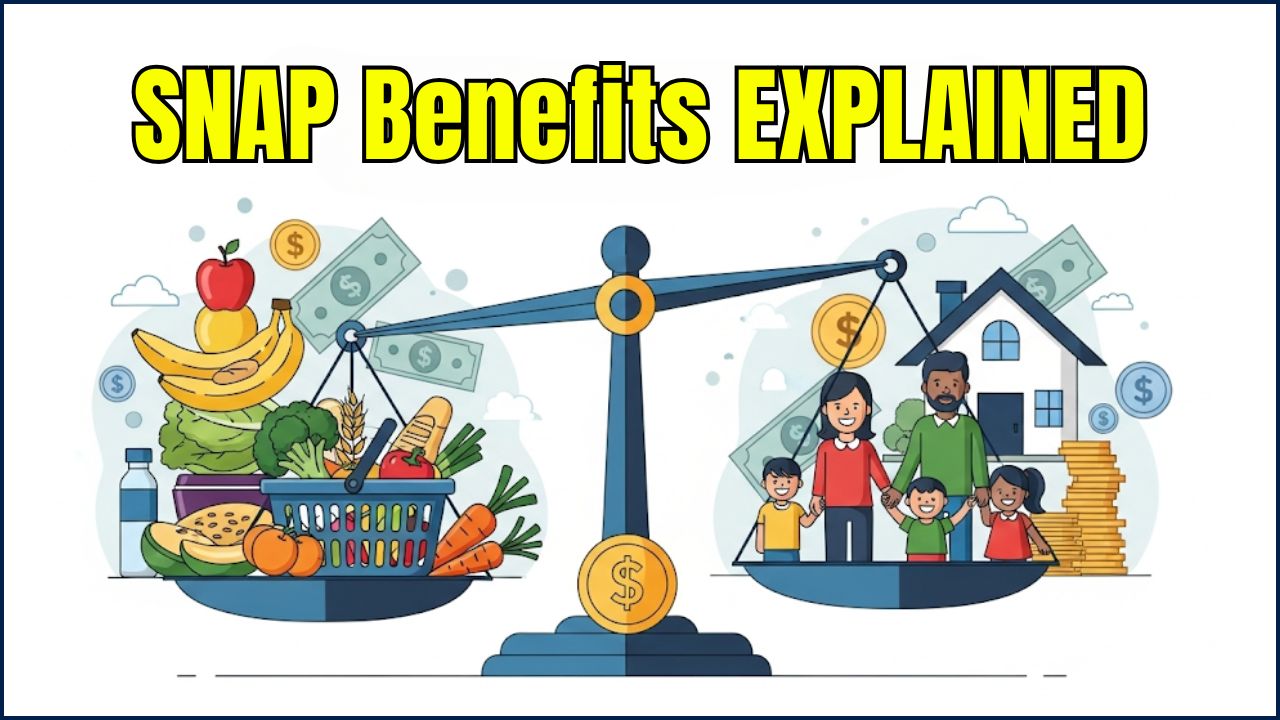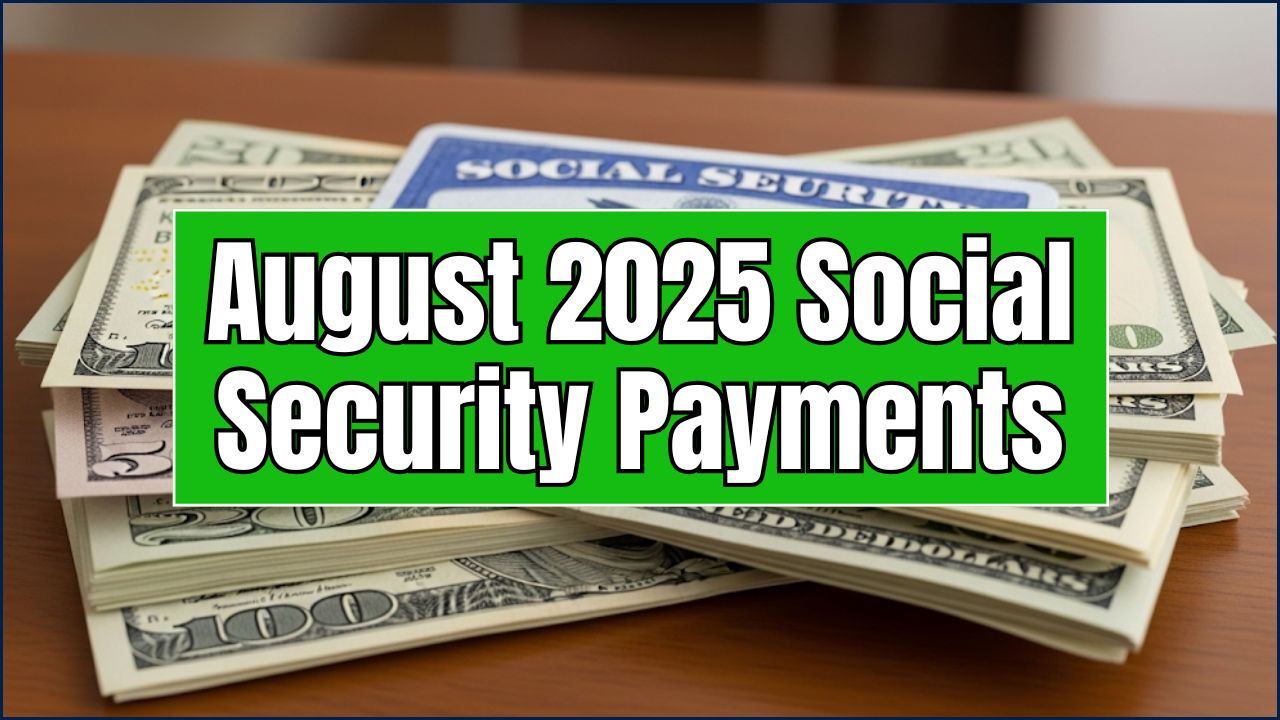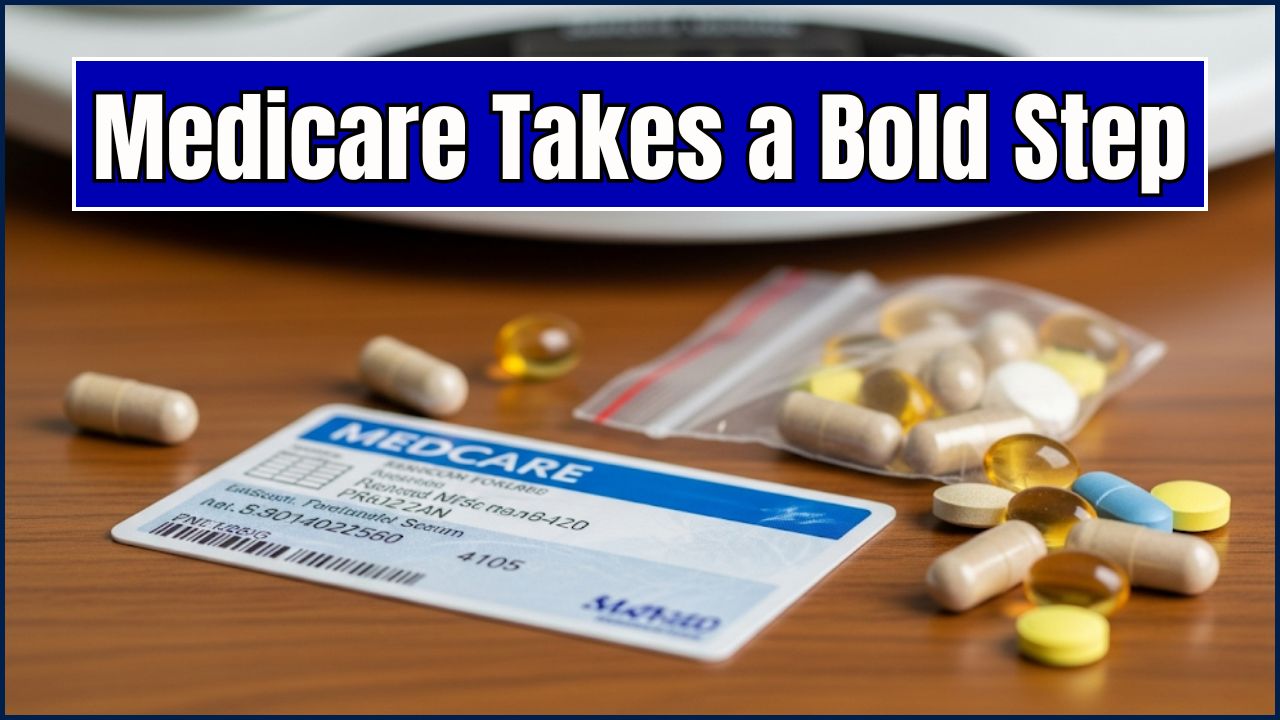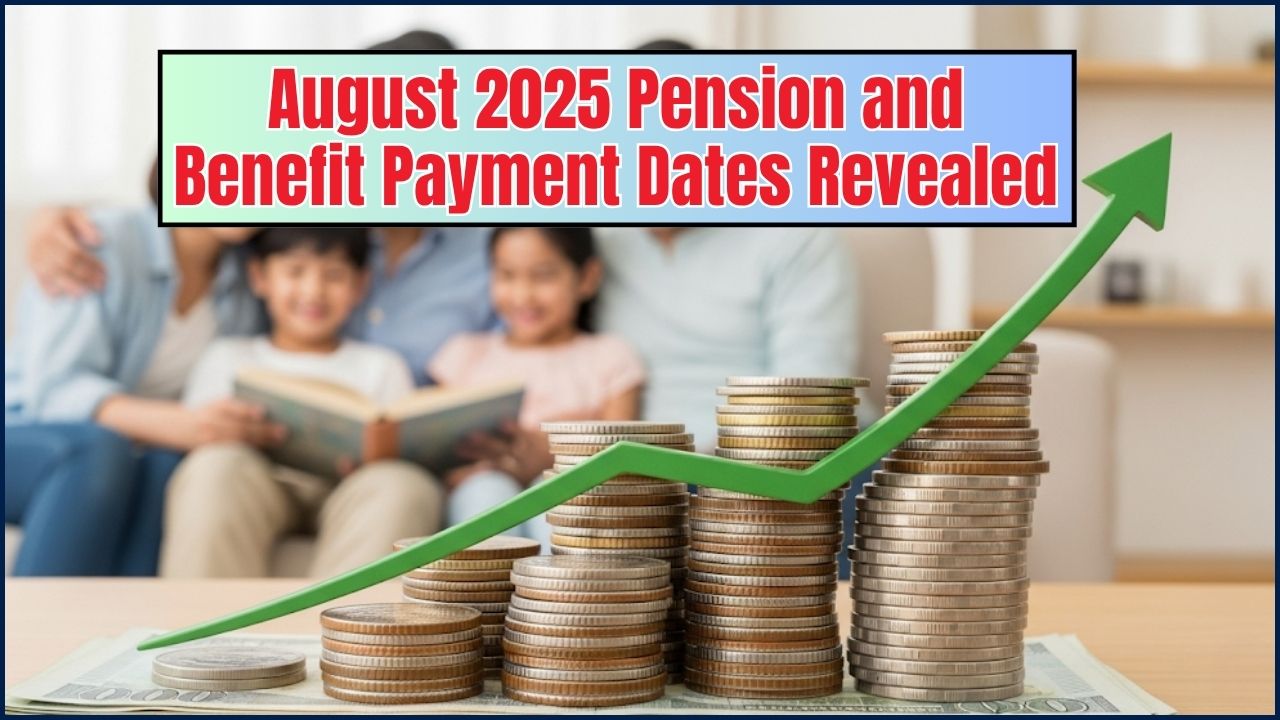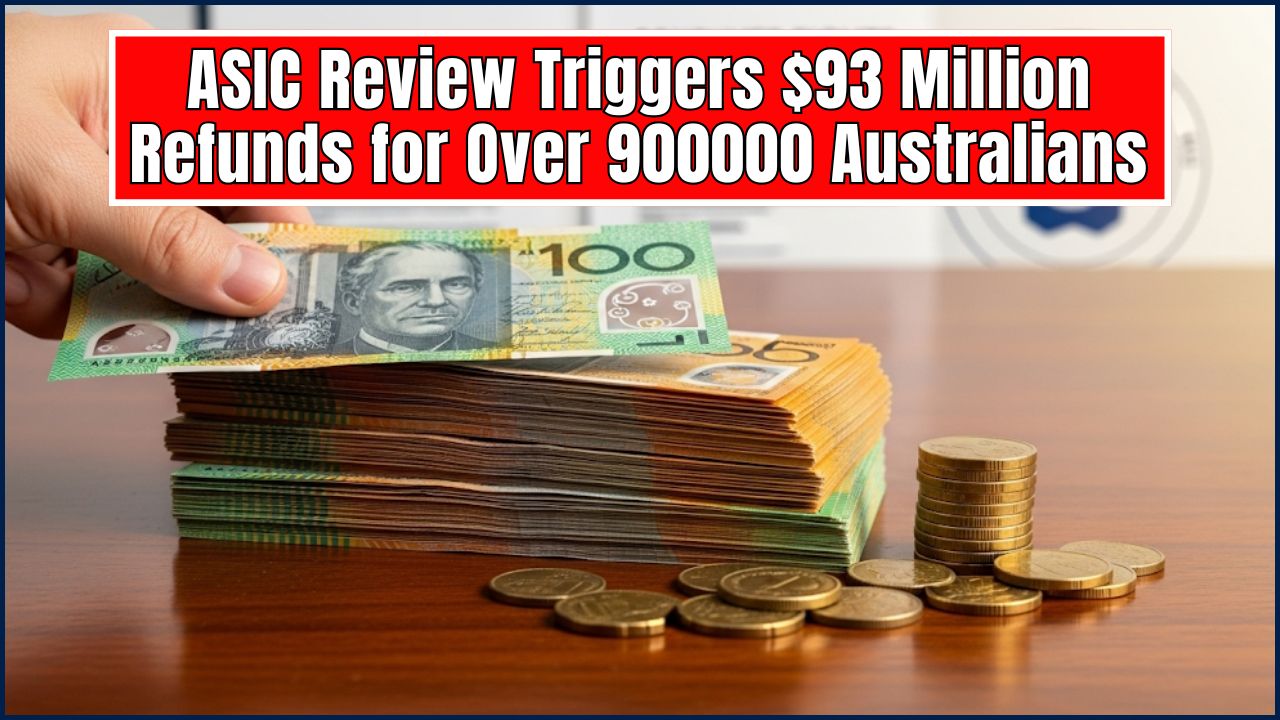In the face of rising inflation and economic uncertainty, many American families continue to struggle with the increased cost of living. To provide some relief, the IRS has announced a one-time $1,390 payment to help eligible Americans. This payment is designed to assist with essential expenses like food, rent, and utilities, offering much-needed financial support to households that need it most.
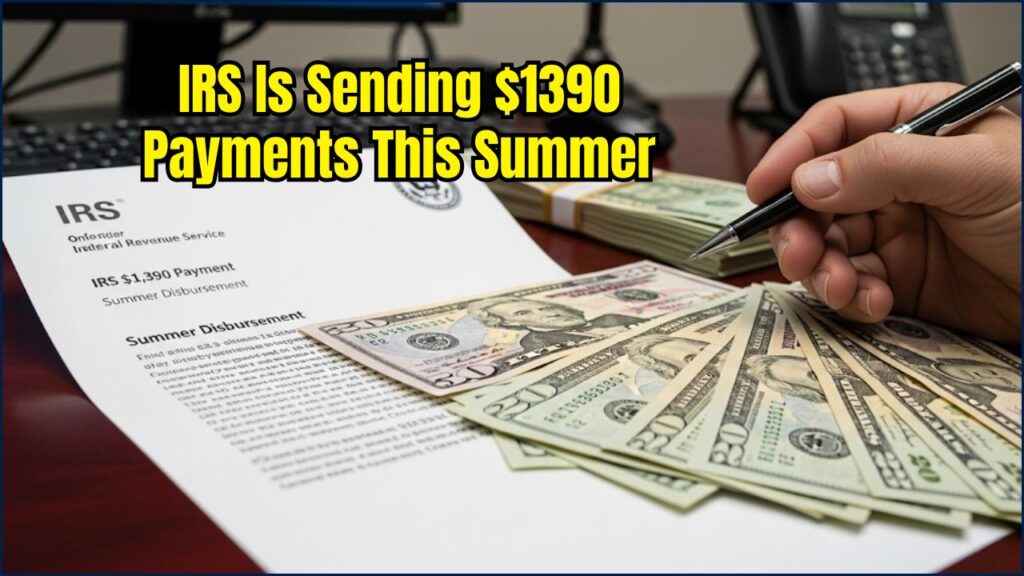
If you’ve heard about this payment but aren’t sure whether you’ll receive it or how to make sure you get yours, you’re in the right place. This guide breaks down everything you need to know about this new initiative, from eligibility to how and when the payments will be distributed.
IRS Is Sending $1390 Payments This Summer
| Topic | Details |
|---|---|
| Payment Amount | $1,390 per eligible individual. |
| Payment Timeline | Expected to start arriving mid-2025, with payments possibly reaching recipients by late summer. |
| Eligibility | Single filers earning up to $75,000; married couples earning up to $150,000; heads of household earning up to $112,500. |
| Automatic Recipients | Those receiving Social Security (SSDI, SSI), VA benefits, or Railroad Retirement benefits. |
| Application | Automatic for most eligible individuals. Non-filers may need to apply through the IRS Non-Filer Tool. |
| Delivery Methods | Direct deposit, paper check, or EIP debit card. |
The $1390 stimulus payment is an important financial relief to help Americans weather the storm of inflation and rising living costs. Whether it’s used to pay down debt, cover essential bills, or save for the future, this check offers some breathing room for families in need. Make sure your information is up-to-date with the IRS, and check your status regularly to ensure you receive your payment without delay.
This payment is part of ongoing efforts by the government to support American households facing increased costs due to inflation. But just how does this new initiative differ from previous relief efforts, and how can you make sure that the IRS has your correct information to ensure you get your check? Let’s dive into the details.
What Is the $1390 IRS Payment All About?
The IRS is sending out $1390 payments to individuals in need. This relief is designed to help with the rising cost of living, particularly the prices of food, utilities, and rent. Inflation has hit the average American hard, and these payments aim to help provide some breathing room. This initiative is similar to previous economic stimulus payments, but this one is specifically tailored to help working and middle-class families.
Why Are These Payments Happening?
The stimulus checks come at a time when inflation is high, and many Americans are feeling the squeeze on their wallets. Prices for goods and services have gone up, and wages have not kept pace with the increased cost of living. With everything from groceries to rent becoming more expensive, many families find it difficult to make ends meet.
By sending out the $1,390 payments, the government aims to provide financial relief to those who need it most. It’s not a permanent solution to inflation, but it’s a vital short-term boost to help families manage their expenses.
Who Will Get the $1390 Payment?
Eligibility Criteria
The IRS has set clear guidelines for who qualifies for this payment. Here’s a breakdown:
- Single filers: If you are filing taxes as a single person and your income is $75,000 or less, you qualify for the payment.
- Married couples filing jointly: For married couples, the income limit is $150,000.
- Heads of household: If you file as a head of household, your income should be $112,500 or less.
Note: If you’ve received previous stimulus checks, it’s highly likely you’ll receive this payment as well.
Automatic Payments for Many
If you’re receiving federal benefits like Social Security (SSDI, SSI), VA benefits, or Railroad Retirement benefits, you’ll automatically qualify for the payment. There’s no need to file anything additional.
Real-Life Example:
Let’s take a look at someone like Jane, a single mother with two kids who qualifies for Social Security benefits. She’s automatically going to receive the $1,390, no questions asked. All she needs to do is keep an eye on her bank account or mailbox, and she’ll get her payment when it’s ready.
How Will You Receive Your $1390 Payment?
The IRS will send the payments through one of three methods:
- Direct Deposit: If the IRS has your bank account information from previous tax filings, you will receive your payment directly to your account.
- Paper Check: If the IRS doesn’t have your direct deposit information, you will receive a paper check in the mail.
- EIP Debit Card: Some recipients may receive their payments via an EIP debit card, which works just like a regular debit card.
When Can You Expect the $1390 Payment?
Payments are expected to start being sent out in mid-2025, with some recipients possibly getting theirs by late summer 2025. If you’re receiving direct deposit, it will likely arrive faster than a paper check.
Tax Implications: Do You Have to Pay Taxes on This Payment?
No, this payment is tax-free. You don’t need to report it as income on your tax return, and it won’t affect any government benefits you currently receive, such as Medicaid or SNAP.
How to Make Sure You Get Your Payment
File Your Taxes (If You Haven’t Already)
If you don’t typically file taxes, you may still need to do so to ensure the IRS has your information. Use the IRS Non-Filer Tool to submit your basic details and claim your payment.
Ensure the IRS Has Your Updated Information
If you’ve moved or changed bank accounts, make sure your address and bank details are up to date. You can do this through the IRS Get My Payment tool. This will ensure there are no delays in receiving your check.
Check Your Status
The IRS “Get My Payment” tool can help you track the status of your payment. It will tell you whether your payment has been scheduled, when to expect it, and whether any issues need to be addressed.
Tips for Using Your Stimulus Payment Wisely
While the $1,390 can be a helpful financial cushion, it’s important to use it wisely. Here are a few tips on how to stretch that money:
- Pay Down Debt: If you have high-interest credit card debt, consider using some of your stimulus payment to pay it off. This can help you save money on interest in the long run.
- Save for Emergencies: If you don’t have any pressing debts, it’s always wise to put some of that money aside for emergencies.
- Cover Necessities: Use the money to pay for essentials like groceries, rent, and utilities.
Direct Deposit vs. Paper Check
Choosing how you receive your payment can impact how quickly it arrives. Here’s a quick comparison:
| Feature | Direct Deposit | Paper Check |
| Speed | Fastest (often within 21 days of processing) | Slower (can take 6-8 weeks, sometimes more) |
| Security | Highly secure, less risk of loss/theft | Risk of mail delays, loss, or theft |
| Convenience | Automatically deposited into your account | Requires manual deposit/cashing |
| Tracking | Easier to track via bank statements | Can be harder to track if lost in mail |
| Requirement | Valid bank account and routing number | Valid mailing address |
Additional Resources for Financial Assistance
If you’re struggling with bills, food, or other expenses, there are other resources available to help. Many local community organizations, non-profits, and government programs provide additional support for low-income families. Websites like Benefits.gov and USA.gov can point you to available resources in your area.
FAQs
1. Do I need to apply for the $1,390 payment?
Most people don’t need to apply. If you’ve filed taxes recently or receive federal benefits, you’ll get it automatically. However, if you haven’t filed taxes and don’t receive benefits, you’ll need to use the IRS Non-Filer Tool.
2. How will I receive my payment?
The payment will be sent via direct deposit, paper check, or EIP debit card. If you’ve already provided your bank information to the IRS, direct deposit will be the fastest way.
3. What if I haven’t received my payment by the expected time?
Use the IRS “Get My Payment” tool to check the status of your payment. If there’s an issue, it will let you know.


